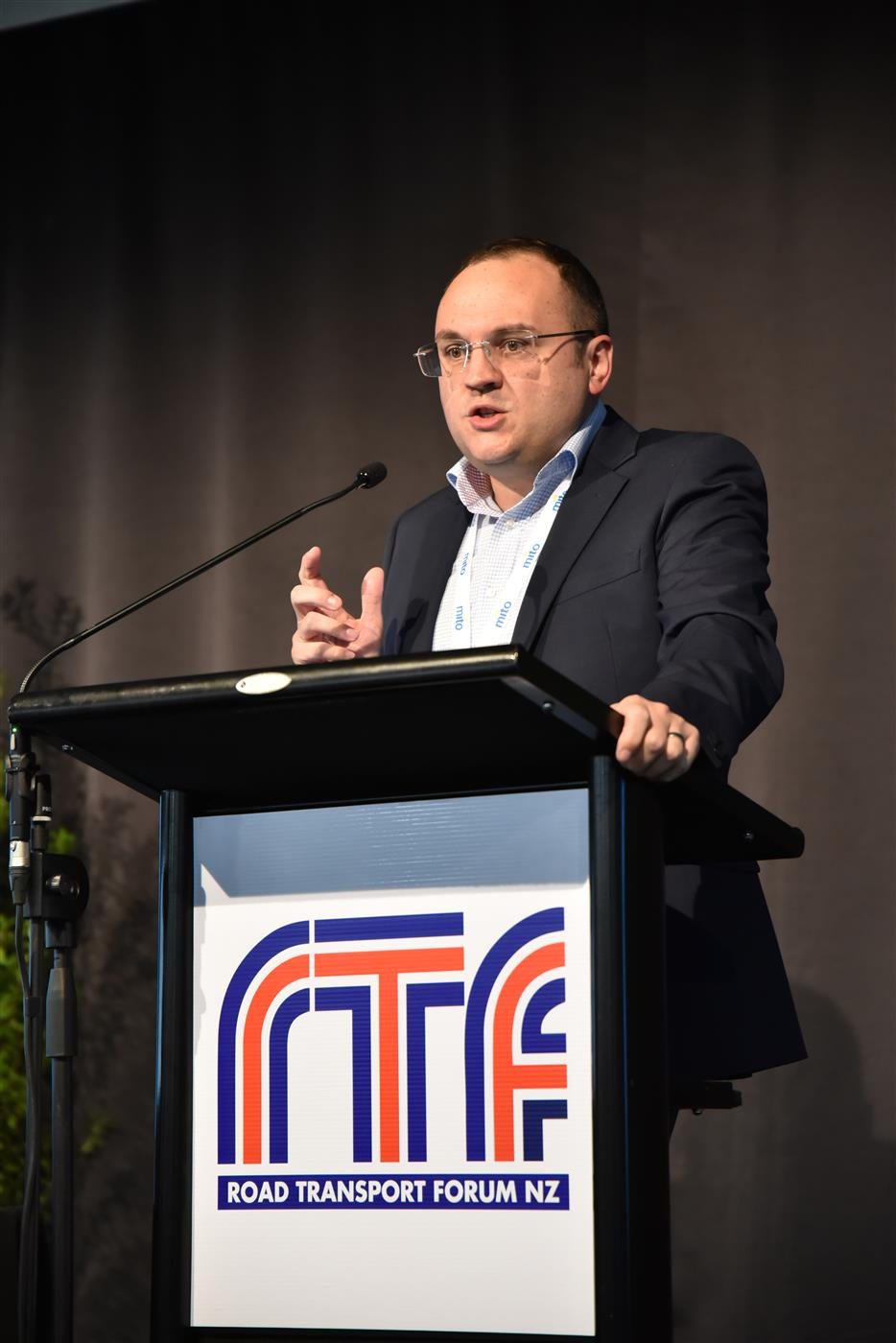
I fail to see why there is the perceived need to rush into moving Ports of Auckland, or the rush to pick a favourite to replace it.
So, I was pleased to see the government release, this week, a sensible and measured report that stopped the push to develop Northport in its tracks. The promises around Northport were only ever based on New Zealand First‘s desire to secure the Northland electorate seat at this year‘s election.
RTF has spoken out against the move to Northport on many occasions because of the cost it would add to move freight further away from its end destination. That‘s before you even get into logistics and environmental impacts.
As a country facing severe economic hardship in the wake of Covid-19, the government cannot afford to spend money on poorly thought-out projects that don‘t stack up on costs versus benefits.
The government-commissioned report prepared by Sapere Research Group – Analysis of the Upper North Island supply chain strategy working group options for moving freight from the Ports of Auckland (link here: https://www.transport.govt.nz/multi-modal/keystrategiesandplans/upper-north-island-supply-chain-strategy/)– endorses the folly of a rushed move to Northport. The report says that assessment of regional economic development effects suggests that, on its own, a relocation of port activity is unlikely to substantially alter regional economies. It says most of the gains would be felt in regions outside where the rise in activity takes place.
The argument that moving to Northport would benefit the Northland economy is dead in the water.
The report also endorses our point that it is clear that distance to market is critical to the supply chain and that Northport is generally considered too far from main markets to function as a primary import port. It is worth noting that 80 percent of New Zealand‘s freight is distributed to points south of the current Ports of Auckland.
What‘s at play here? Influential Aucklanders don‘t like the look of a working port in their downtown area and, at some point, Ports of Auckland will reach capacity – though Covid-19 might extend that timeframe.
Aside from the optics, the country needs to look at how it can best manage the flow of exports and imports that are the mainstay of our economy. We cannot become so isolationist in our response to Covid-19 we forget that. We are already seeing a worrying trend with global airlines responding to the New Zealand Government‘s border policies.
It seems to be a peculiar New Zealand thing to respond to big issues by quickly coming up with options A or B and force a choice, when it need not be a binary choice.
The Sapere report suggests we have a good 30 years to tackle capacity issues for Ports of Auckland. They look at the current options on the table and conclude a new port in Manukau Harbour is the number one contender in a cost-benefit analysis. This has been met with some derision due to the nature of New Zealand‘s west coast tidal flows and the suitability for shipping.
Again, this reflects more on New Zealand‘s decision-making capability rather than the well-researched report.
Sapere acknowledges that long lead times for planning, consenting and constructing port capacity outside Ports of Auckland mean there is a shorter window of time for a decision about the long-term strategy to future proof port capacity. That window is approximately 10 to 15 years.
Surely, in that time, there can be a sensible assessment of what the problem we are trying to solve is and how best to solve it, rather than trying to retrofit a solution to meet the needs of politicians, or other vested interests.
The problem is: How we can increase port capacity, anticipating growth, for exports and imports that flow through the upper North Island supply chain?
We‘re supposed to be this innovative little country that punches above our weight. You‘d think we could solve that problem over 15 years.
By Nick Leggett, CEO, Road Transport Forum




